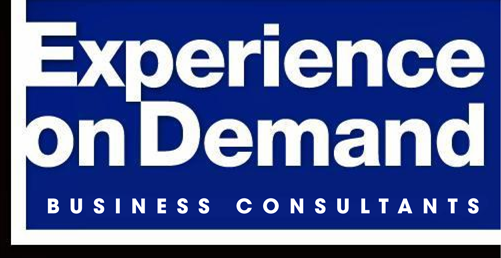By, Barry Worth – Partner
When is the best time to sell my business?
This question is always in the business owner’s mind and one of the most asked questions of advisors and intermediaries. There are innumerable answers with so many variables to this question. However, my best thoughts would be:
● When you are ready
● When the business has all the components in place, is profitable, and is growing
● You have a succession and exit plan in place
Too many times, businesses do not have these components when a transfer takes place because of some event that may happen, such as:
● Partner/Shareholder dispute
● Health issues
● Death
● Divorce
● Financial issues
Therefore, I’d like to familiarize you with and describe the value drivers that investors look for after they decide they would like to pursue a transaction.
The Key Value Drivers
In my experience with getting companies ready for sales as well as advising companies in acquisitions, these are the key values driving them.
Growth and Profitability
Investors are looking for companies that have been successful and have a steady growth of profits. This is generally indicative of a company that has been well run and has less risk. Buyers will be looking at past track records as well as into the future.
It is important for a seller to have good future revenue streams and opportunities— this generally equates to less risk and better returns for the investor and achieves a premium price offer for the business. Don’t wait until the revenue stream is tapped out to sell.
Margins
Buyers are always looking for good to excellent gross margins as well as operating and EBITDA (cash flow) margins. The higher the margins a business has, the less risk an investor/buyer has, and the more they are willing to pay for a business. This equates to higher multiples being paid for a business.
Management/Personnel
Profitability is always important to an investor; however, the most important factor to an ongoing business is the management and its people. The remaining management after the owner is gone is, without a doubt, a key ingredient to future success of the business. A good management team and staff in place will usually be awarded with a higher multiple, adding a real premium to the business.
Conversely, if the business is dependent on the owner, this will be a value detractor.
Product(s)/Service(s) Offering
Investors try to seek out companies that have unique niches in the marketplace. These companies will generally garner premium pricing for their products/services which will convert to higher margins, which will bring higher multiples when selling the company.
Systems/Processes and Financial Data
In our world of technology and information today, these components are imperative to fetch a higher than normal multiple. Making the investment in technology with the proper systems, processes and information data to run the business efficiently pays off. This is a big selling point and a tangible that allows investors to evaluate the business easier. It gives them confidence and an easier transition with less risk and a faster ROI (return on investment).
Also, being a dominant player in the space in which you sell and having a solid and returning customer base plays a very strong part in achieving higher multiples.
Conclusion
Having all these fundamental components in place will generally bring a seller success in achieving a higher multiple for the business. However, there are few businesses sold that have ALL the components in place. So it’s wise to work with an advisor that can help you put the pieces together – just like a puzzle – and make sure they are experienced in performing these services.
Don’t try to handle the transaction on your own. Advisors will generally bring lots of experience and value to the process of selling the business and pay for themselves in achieving premium pricing.
So, when’s the best time to sell? I’m not sure I can answer that specifically. However, if the business owner works towards putting all the value drivers above in place and having a good advisor along the way, there shouldn’t be a problem in achieving a premium price for the business when the business is sold.
